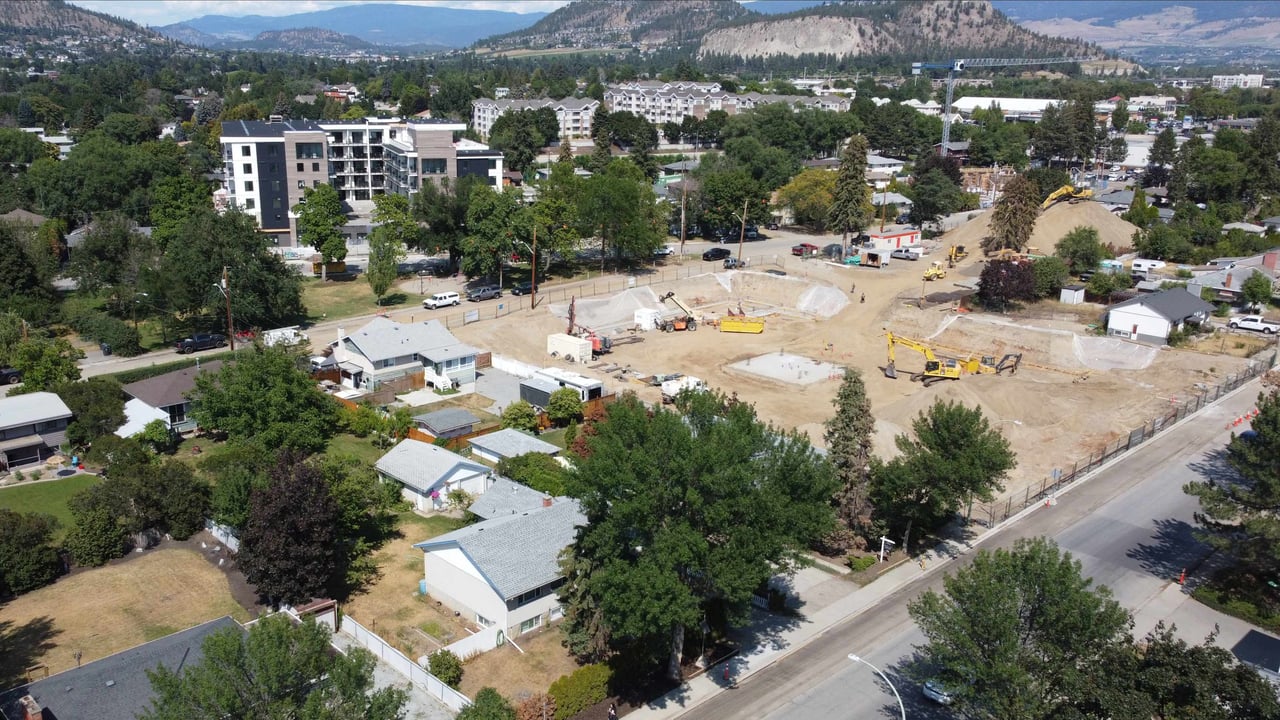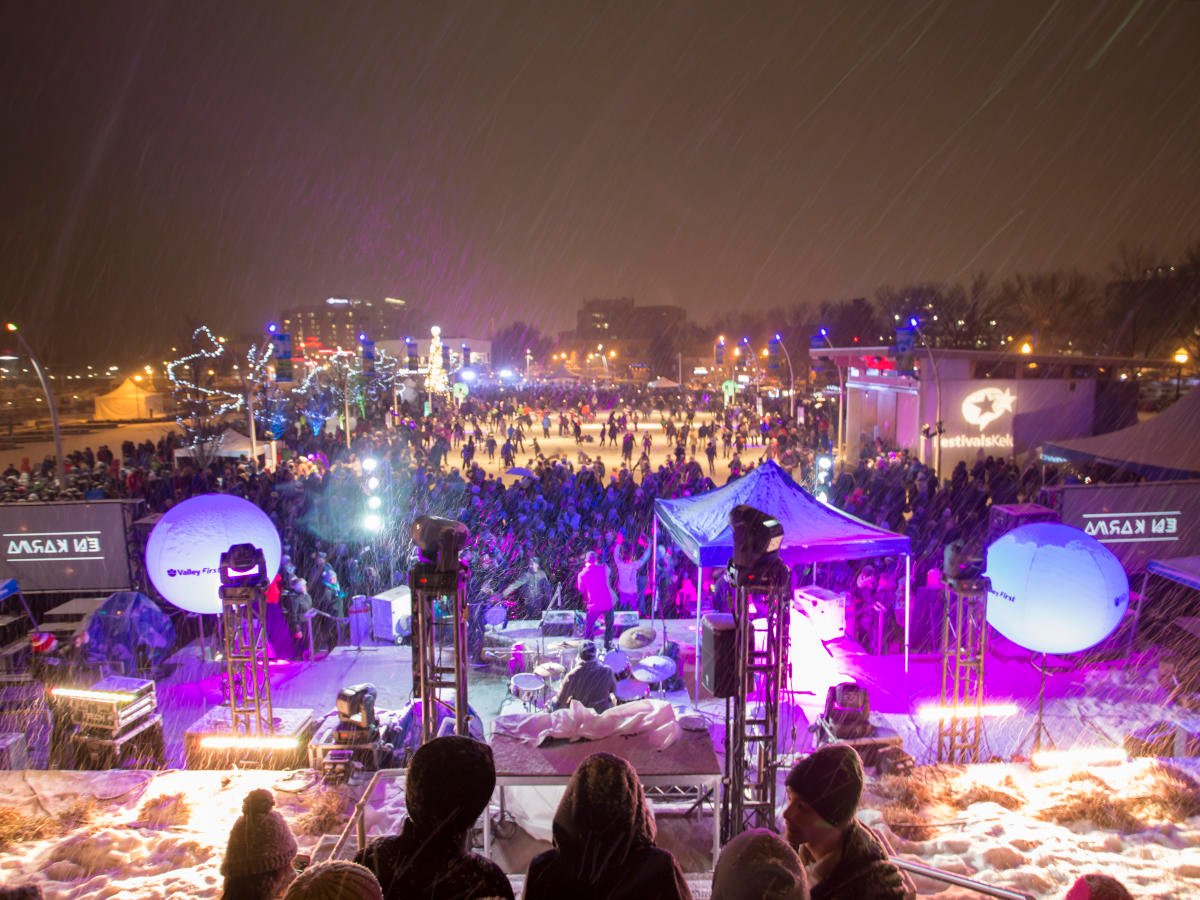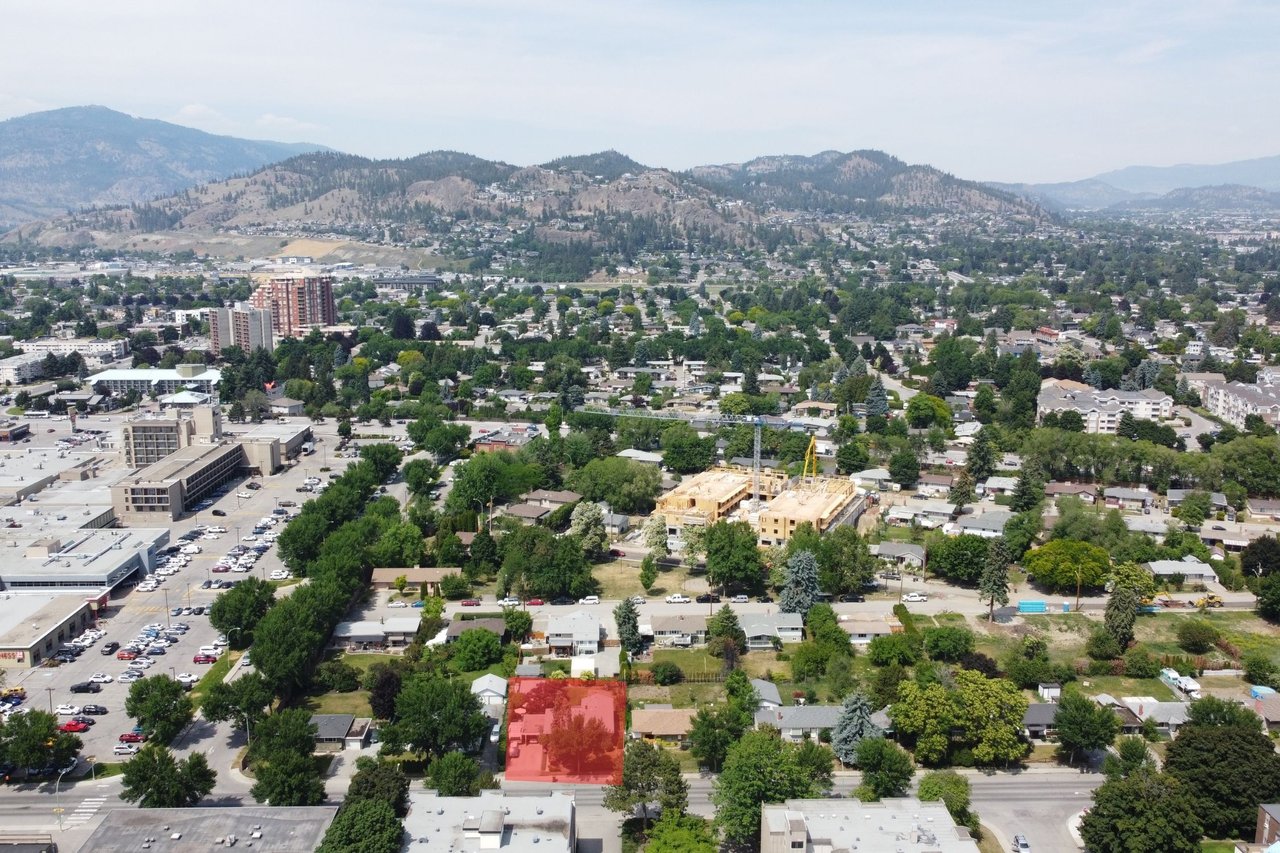Is Kelowna Building the Right Kind of Homes for the Future?
A Look at 2024 Development Trends
There’s been a lot of focus on increasing development in Kelowna, but an important question for homebuyers is: Are we building the right type of homes for the future? As the city grows, the types of properties being developed will play a crucial role in shaping its housing market, especially when it comes to resale value.
One thing has become clear—gone are the days of abundant new 3-bedroom constructions, and even 2-bedroom units are becoming scarce. In their place, we’re seeing smaller studio and micro-units, with fewer larger apartments being built. This shift is being driven by development incentives like bonusing and parking requirements, which encourage smaller units and make larger apartments an afterthought.
But is this the right direction? It’s worth considering how this focus on small units might impact the future. As demand grows for larger homes, particularly for growing families, the 2- and 3-bedroom units are likely to become increasingly desirable—and their value will likely go up as they become harder to find.

What Does the Data Tell Us?
The Q1 2024 Planning and Development Statistics reveal not just how much is being built in Kelowna, but also what types of properties are being developed. The statistics show that while we’re seeing plenty of new housing projects, many of these developments are focusing on smaller units rather than larger family homes.
For example, there were only 31 single-family homes built in Q1 2024, significantly below the 5-year average of 73 homes. On the other hand, apartment units dominated new construction, with 197 new apartments being added. However, many of these are smaller, studio-style units, with fewer options for families who need more space.
Developers are naturally responding to what the city is incentivizing. The focus on smaller units is largely driven by the city’s bonusing components, which reward developers for building more units in exchange for concessions on things like parking. While this helps increase the total number of homes being built, it’s skewing the market toward studios and micro-units that may not serve the future needs of Kelowna’s growing population.

The Capri Centre Area: A Case Study in Micro-Units
One neighborhood that highlights this trend is the Capri Centre area, which has seen explosive growth. I wrote about my findings in my most recent blog post. With nearly 1,000 units either coming to market or proposed for construction, this area has transformed dramatically. If you’ve driven down Sutherland Avenue between Gordon and Burtch recently, you’ve likely been delayed by the construction of the new transportation corridor and bike lanes.
What’s striking about this development boom is the focus on micro-suites and studio apartments. In reviewing a developer’s site in the Capri neighborhood, I was surprised by the breakdown of unit types. Here’s a snapshot of what’s being built:
-
Studio/Micro Units: 40.73%
-
1-Bedroom Units: 22.41%
-
1-Bedroom + Den: 13.79%
-
2-Bedroom Units: 14.55%
-
2-Bedroom + Den: 4.63%
-
3-Bedroom Units: Only 1.40%
One prominent project, Five Crossings, has over 79.71% of its units as micro-suites or studios. Another project, Revo Kelowna, has more than 61% of its units designed as micro-suites. While these small units cater well to young professionals and students, they fall short in addressing the needs of families and seniors who need more space and accessibility.
If you want to see the current listings available in there right now click here

Time to Rethink Development?
With such a heavy emphasis on small units, it’s worth asking whether Kelowna needs to rethink its development incentives. Parking requirements are often the make-or-break factor for new developments, and in the quest to maximize density, the city may be missing the opportunity to ensure a balanced mix of housing types.
If this trend continues, 2- and 3-bedroom homes will become the most desirable—and expensive—properties in the city. As demand for larger places grows, the limited supply will likely drive up prices, making it even harder for families and those seeking more space to find suitable homes. For developers, this could mean getting stuck with small units that don’t sell as well in the long term, especially as the market shifts.
Where Is Kelowna Headed?
Kelowna is at a crossroads. While the city is successfully adding more housing units, the type of homes being built may not align with the needs of the population in the coming years. Families, seniors, and even professionals looking for a bit more space may find it increasingly difficult to secure larger homes.
With new developments in areas like the Capri Centre so heavily skewed toward micro-units, it’s clear that there’s an opportunity for the city to rethink its approach to development incentives. Encouraging a more balanced mix of housing—especially homes that can accommodate families—will be crucial for the future of Kelowna’s real estate market.
Are You Looking for a Home in Kelowna?
If you’re in the market for a new property? Size likely will matter more in the future than it does today, consider to not just think about today but consider resale potential down the road. now is the time to act, especially if you’re looking for a larger 2- or 3-bedroom property. These homes are becoming rarer and more valuable.
Reach out if you have any questions or want to explore some options.
Mark Coons
Selling Kelowna Real Estate
778-744-0872




